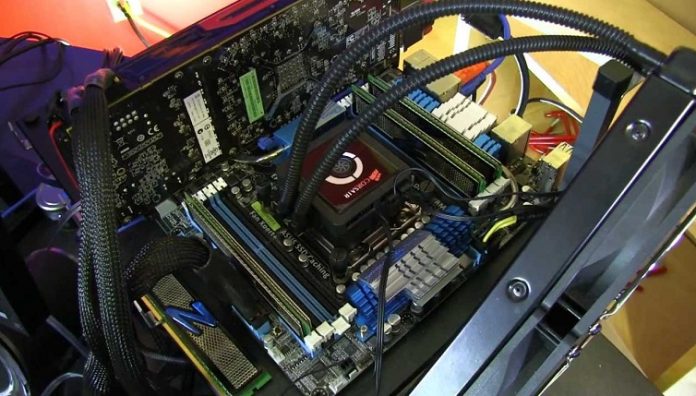Computer memory is a critical component of any machine. Random-access memory (RAM) affects the speed and functionality of any system. RAM gives you no warnings and no indicators if it’s failing, but there are some vital signals and error messages displayed when memory is bad or failing.
Austin Alexander Burridge of Rosemount, Illinois, is a tech enthusiast with a rich database of computer knowledge committed to helping the passive or novice technology user get the most out of their computing machine. Below, Mr. Burridge shows how to easily troubleshoot your computer to determine if it has bad memory that needs to be fixed or replaced.
Signs Your Computer’s RAM is Bad
In most cases, if the memory is completely damaged, the computer won’t boot. Each time your computer boots, the system does a check on specific components, and memory is one of those components. If memory is bad, the computer will give you an error during boot-time. In more vague instances, the computer will hang when it tries to load the operating system. The system can hang for a myriad of reasons, so it’s challenging to identify the issue as a memory issue unless you’ve just installed new memory.
Another key indicator is the infamous “blue screen of death” (BSOD). The BSOD can indicate that memory is bad, or it can mean that any new memory you’ve placed in the computer is not functioning well with older memory. Other errors can display, such as failed installation errors, illegal operation errors, and general fault errors that happen when you load a program. You can also receive “low memory” errors when hardly any programs are running, and you know plenty of RAM is installed in the computer.
Troubleshooting and Pinpointing Memory Errors
Since memory has no warning signals or repair mechanisms, you need to do some troubleshooting to identify that computer errors are indeed caused by bad memory. Several testing applications on the market will go through memory and determine if one of the memory sticks is faulty. These are typically for someone who better understands memory and how it is allocated.
Another way to test memory is to remove any additional sticks you’ve recently installed. For instance, if you upgraded from two sticks to four on your motherboard, remove the recent two sticks you’ve installed. Removing memory slows down the computer, but if the new sticks are bad, the old memory will not cause any errors. You need to run the computer for a few days on the old memory, but you can speed up troubleshooting by opening programs that were failing. If no errors occur, then the new memory you purchased is probably faulty.
To better identify if the errors stem from memory, install the memory in a second machine that does not display any BSOD failures. If the second machine starts showing memory errors, you know that the memory you purchased is faulty.
To fix faulty memory, you must purchase new memory. Most manufacturers have some kind of warranty for faulty memory. If your computer fails from having memory sticks that do not work well together, you can replace current memory with new, additional RAM sticks. For instance, if you have two 4GB sticks in your computer, replace these sticks with two 8GB sticks to increase memory and avoid issues.
About Austin Alexander Burridge: Based in the midwest state of Illinois in the quaint town of Rosemount, Austin Alexander Burridge enjoys perfecting his skills as a freelance coder and reviewing the latest and greatest technology from around the world. As a self-taught coder in constant pursuit of digital knowledge, Austin has built a reputation as a resourceful and innovate problem-solver.

